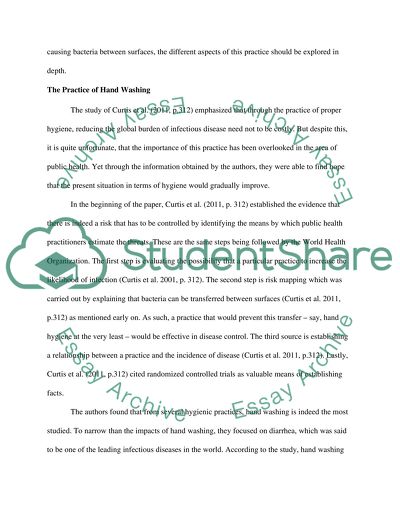Cite this document
(The Need of Handwashing Literature review Example | Topics and Well Written Essays - 2000 words, n.d.)
The Need of Handwashing Literature review Example | Topics and Well Written Essays - 2000 words. Retrieved from https://studentshare.org/health-sciences-medicine/1576291-literautre-search-and-literature-review-on-handwashing
The Need of Handwashing Literature review Example | Topics and Well Written Essays - 2000 words. Retrieved from https://studentshare.org/health-sciences-medicine/1576291-literautre-search-and-literature-review-on-handwashing
(The Need of Handwashing Literature Review Example | Topics and Well Written Essays - 2000 Words)
The Need of Handwashing Literature Review Example | Topics and Well Written Essays - 2000 Words. https://studentshare.org/health-sciences-medicine/1576291-literautre-search-and-literature-review-on-handwashing.
The Need of Handwashing Literature Review Example | Topics and Well Written Essays - 2000 Words. https://studentshare.org/health-sciences-medicine/1576291-literautre-search-and-literature-review-on-handwashing.
“The Need of Handwashing Literature Review Example | Topics and Well Written Essays - 2000 Words”. https://studentshare.org/health-sciences-medicine/1576291-literautre-search-and-literature-review-on-handwashing.


